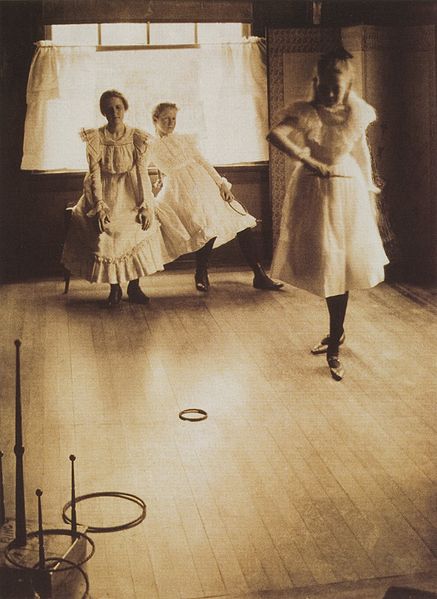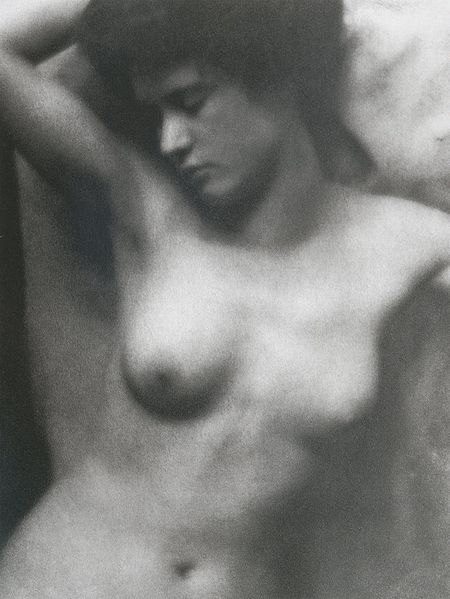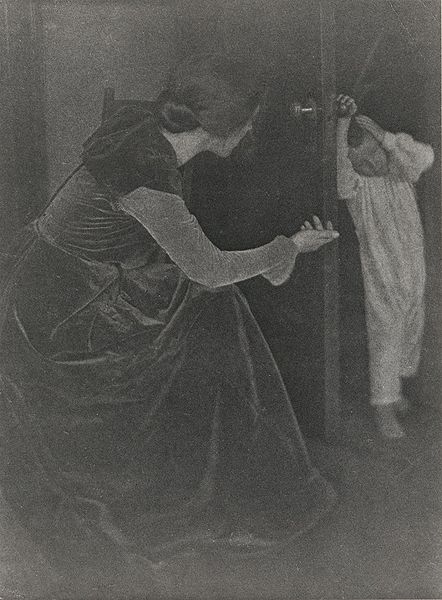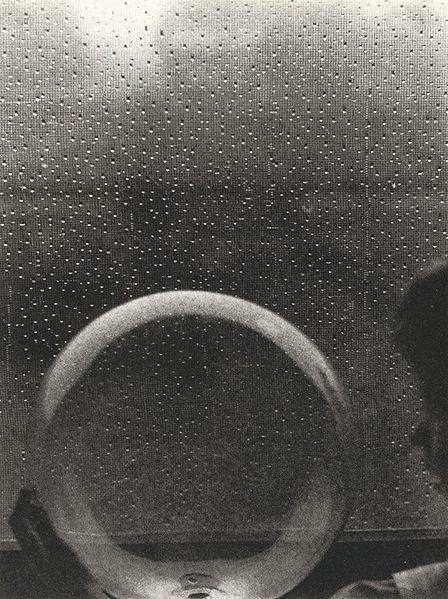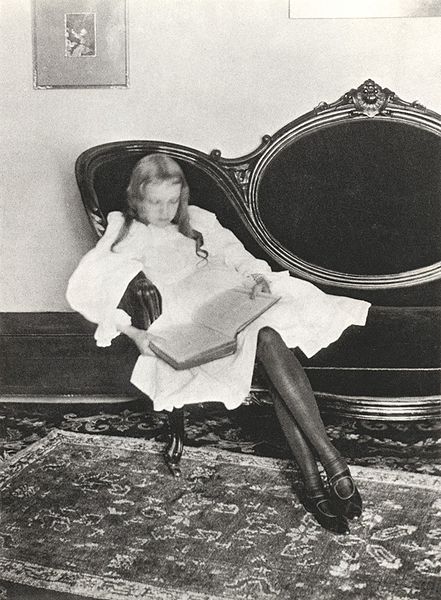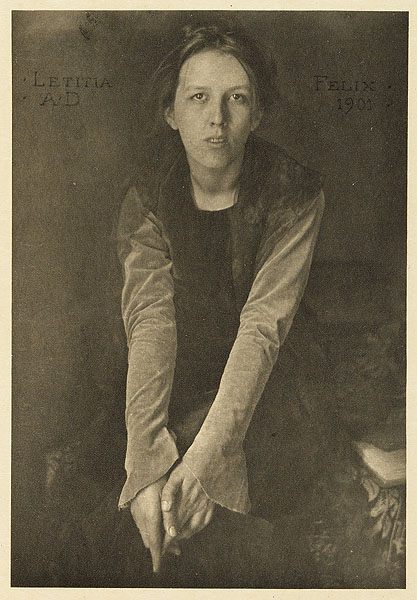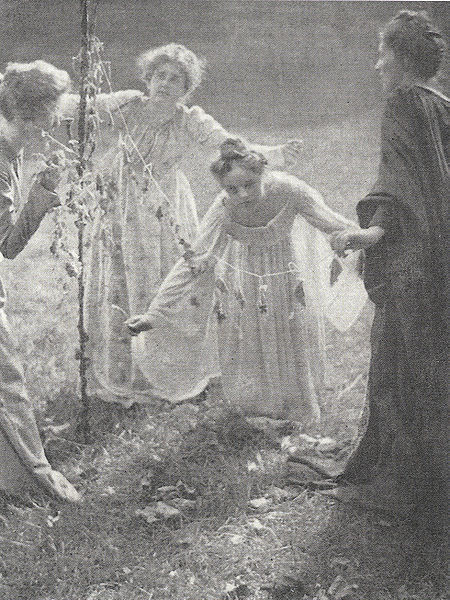<Back to Index>
- Neurosurgeon Harvey Williams Cushing, 1869
- Photographer Clarence Hudson White, 1871
- King of Spain Philip IV, 1605
PAGE SPONSOR
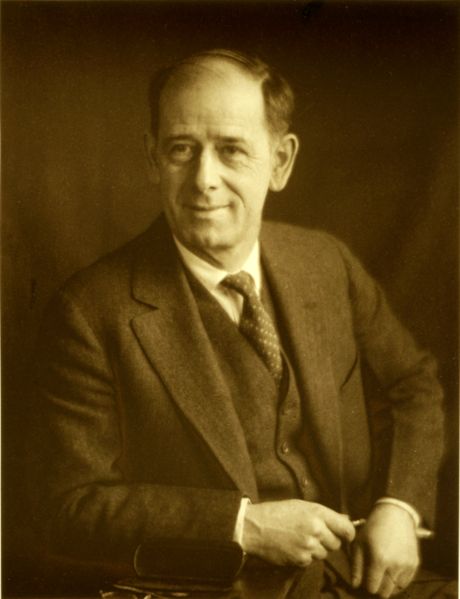
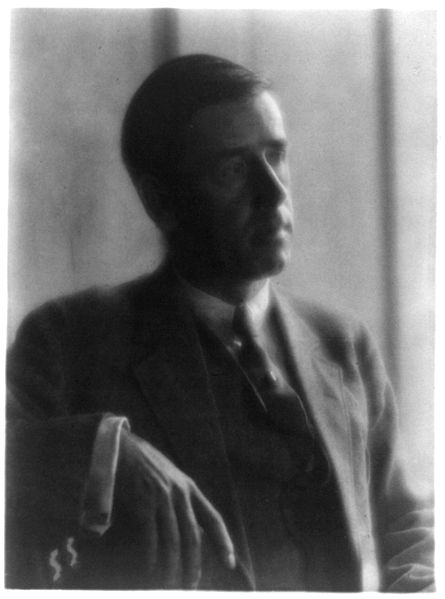
Clarence Hudson White (April 8, 1871 – July 7, 1925) was an American photographer and a founding member of the Photo-Secession movement. During his lifetime he was widely recognized as a master of the art form for his consummate sentimental, pictorial portraits and for his excellence as a teacher of photography. Toward the end of his career he founded the Clarence H. White School of Photography, which produced many of the best-known photographers of the Twentieth century including Margaret Bourke-White, Ralph Steiner, Dorothea Lange, and Paul Outerbridge.
White was born in 1871 in West Carlisle, Ohio. He moved with his family to Newark, Ohio, when he was sixteen. He was avid amateur young artist, and filled sketchbooks with his drawings and paintings before taking up photography in his late teens or early twenties. His father was a salesman for Fleek and Neal, a wholesale grocery, and after high school White joined the same firm as an accountant. In 1893 White married Jane Felix, who became White's business manager, critic, and inspiration.
White
produced many of his most famous images between 1893 and 1906, while he
was still in Ohio, despite holding a full-time job unrelated to
photography and only being able to afford two plates a week. Most of his
photographs from this period depicted relatives and friends, carefully
posed in their homes. He enjoyed collaborating with other photographers
and seeing their work, and in 1898 White founded the Newark
Camera
Club, an association for the
town's enthusiasts, prefiguring
his role as a teacher and mentor. While
in
Newark, White's photographs gradually became nationally recognized,
first winning a gold medal from the Ohio Photographer's Association in
1896 and then participating in the Philadelphia Photographic Salon exhibition in 1898. That year, on a
trip east, White met Alfred
Stieglitz, photography's most prominent figure of the time, who
praised his work. Stieglitz, White, and several other pictorial
photographers co-founded the Photo-Secession, an elite group dedicated
to furthering photography as an art
form. As
White's artistic renown spread, it became increasingly difficult for
him to balance his amateur photography with his accounting career. In
1906 he decided to quit his job, move to New
York
City, and devote his full
attention to photography. Stieglitz included White's photos in
exhibitions at his Photo-Secession
gallery and
published them in his highly acclaimed magazine, Camera
Work. Stieglitz devoted
an entire issue of Camera Work to White's photography and
the two men were jointly credited on several images, most notably The
Torso.
In
1907, Arthur
Wesley
Dow hired
White to teach photography at Columbia
University. He quickly became a renowned instructor, encouraging
and inspiring his students rather than formally expounding on technical
or aesthetic principles of photography.
Although White's teaching never provided him with a significant amount
of money, it enabled him to work as a full-time photographer and he
deeply loved to teach. In
1914, he founded the
Clarence H. White School of Modern Photography. Charles
J.
Martin, a former student of White's at Columbia, became one of
the first instructors at the White School. White
taught many students who went on to become notable photographers,
including Margaret
Bourke-White, Anne
Brigman, Dorothea Lange, Paul
Outerbridge, Karl
Struss, and Doris
Ulmann.
White,
Stieglitz,
and the other Photo-Secessionists initially imitated
traditional fine
arts in order to
elevate photography to high art. Referred to as pictorialists,
they
used
camera and printing techniques to emulate etchings and
achieve soft focus. However, in 1910 Stieglitz renounced pictorialism
in favor of sharply focused "straight"
photographs,
emphasizing
the camera's optical clarity and precision. White did not follow
Stieglitz's initiative, and after their separation White emerged as the
leader of pictorialist photography. In 1916 White co-founded the Pictorial
Photographers
of America (PPA),
a
national organization dedicated to promoting pictorial photography. Like the Photo-Secession,
the PPA sponsored exhibitions and published a journal. But unlike the
Photo-Secession, the PPA consciously refrained from exclusivity and
advocated using pictorial photography as a medium for art education.
White served as the association's first president until 1921. White's
photographs are black-and-white,
romanticized, pictorialist images. Women and children
were favorite subjects, and White was praised for capturing the
character of his models. White composed his images carefully, often
taking hours to pose models and frame the photograph. White also
experimented with darkroom techniques including platinum and gum
bichromate prints. During his lifetime,
White's images were widely acclaimed as the pinnacle of the art form.
